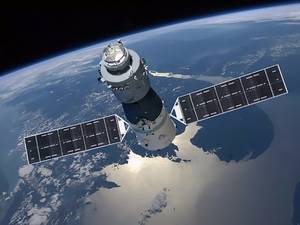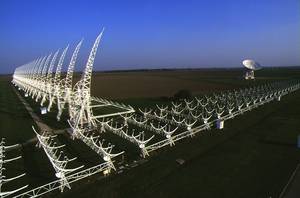Multistatic Radar Observation of Tiangong-1 During Reentry
The Chinese space station Tiangong-1 eventually reentered the Earth’s atmosphere and plunged into the Pacific Ocean on April 2, 2018 at 00:16 UTC. The likelihood for any person to be struck or any property to be damaged was very low. Nevertheless, the reentry of Tiangong-1 raised some concern due to its relevant size and the fact that its reentry was completely uncontrolled, as China officially declared that no telemetry has been received from Tiangong-1 since March 2016.
Predicting the reentry of an uncontrolled object is a challenging task due to the many uncertainties involved in the phenomenon, such as the knowledge of the density of the atmosphere and the attitude of the object. Among the main actions we can take to narrow this uncertainty, the continuous monitoring of the reentering object using ground sensors is of paramount importance. The Department of Aerospace Science and Technology of Politecnico di Milano contributed to this task by collaborating with the National Institute of Astrophysics to a radar-based observation campaign of Tiangong-1. More specifically, the Northern Cross radiotelescope (located in Medicina, close to Bologna) and the Sardinia radiotelescope (located in San Basilio, close to Cagliari) were simultaneously used to perform multistatic radar observations of Tiangong-1 during the days immediately before its reentry. The data were used to support a coordinated action at national level, including both radar and optical sensors.
http://www.media.inaf.it/2018/03/30/inseguendo-una-tiangong-in-banda-radio/


